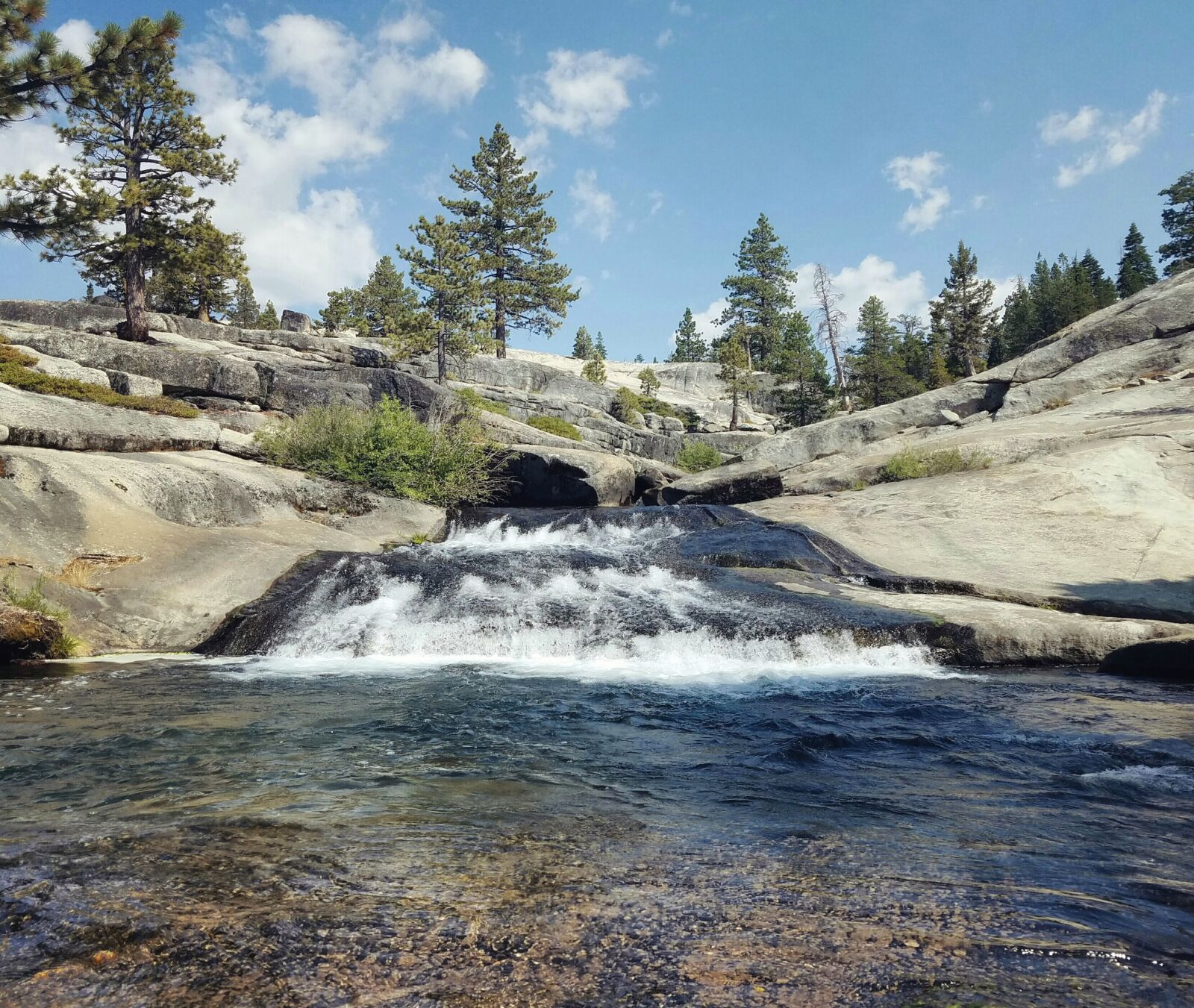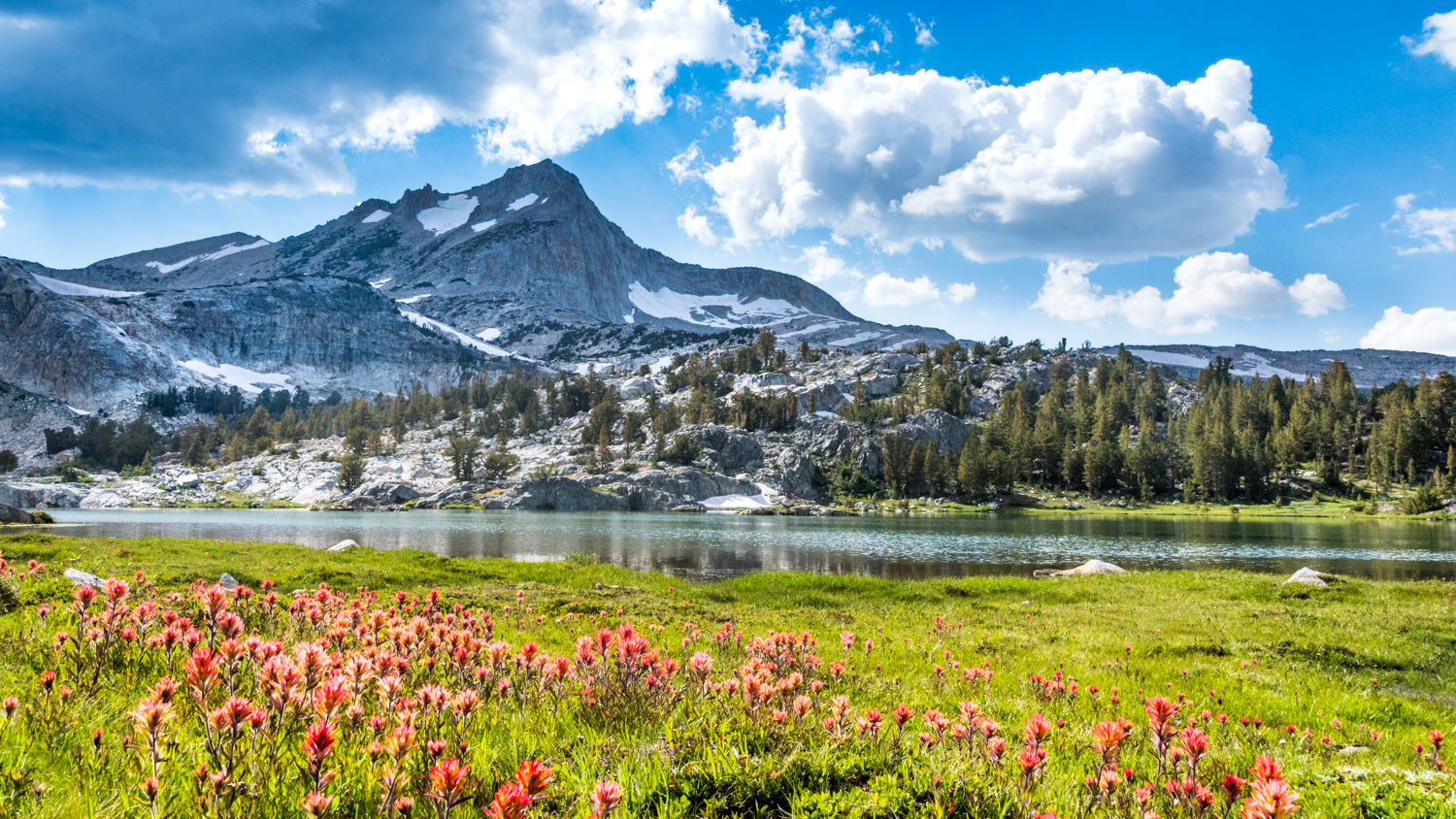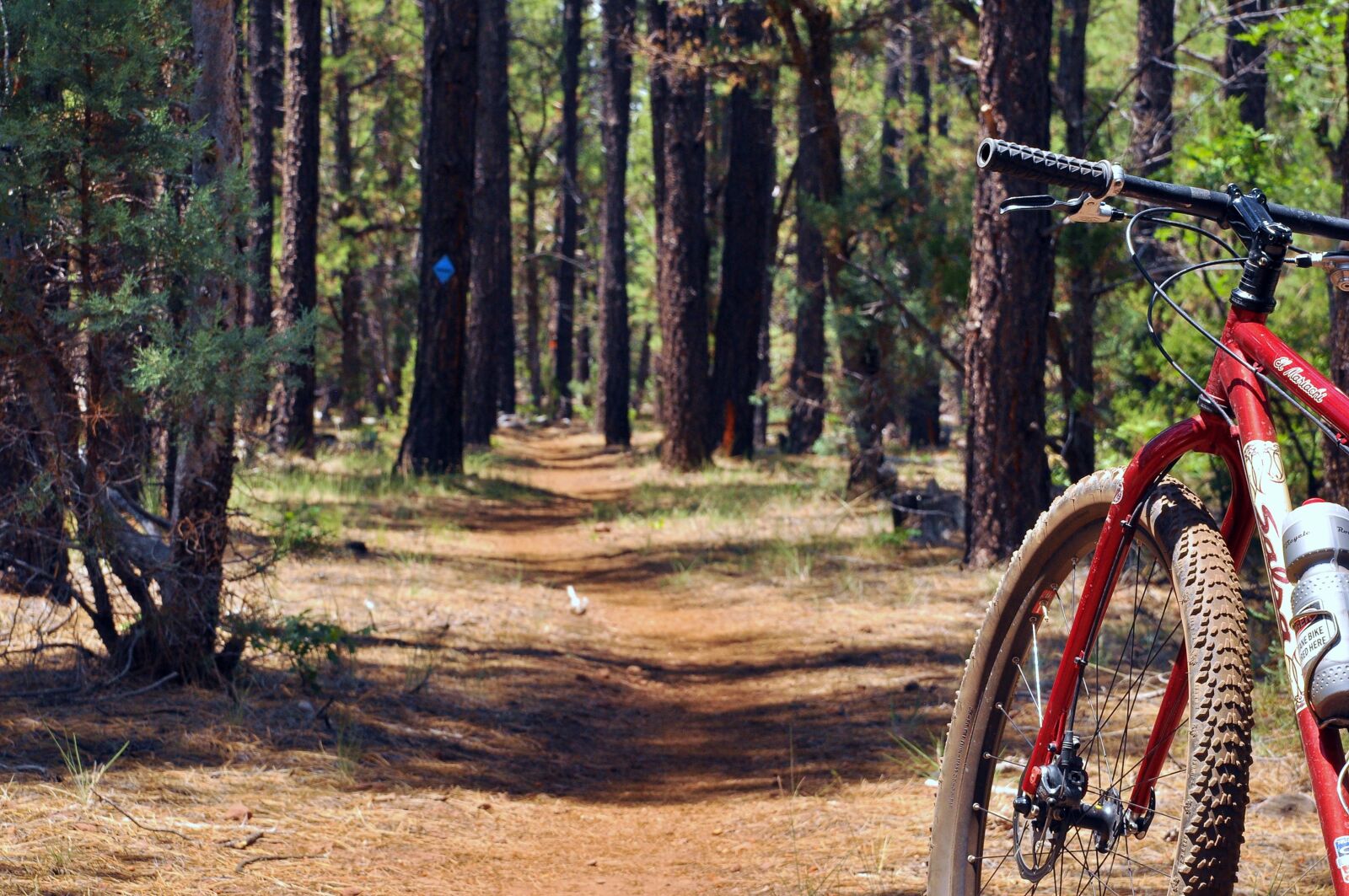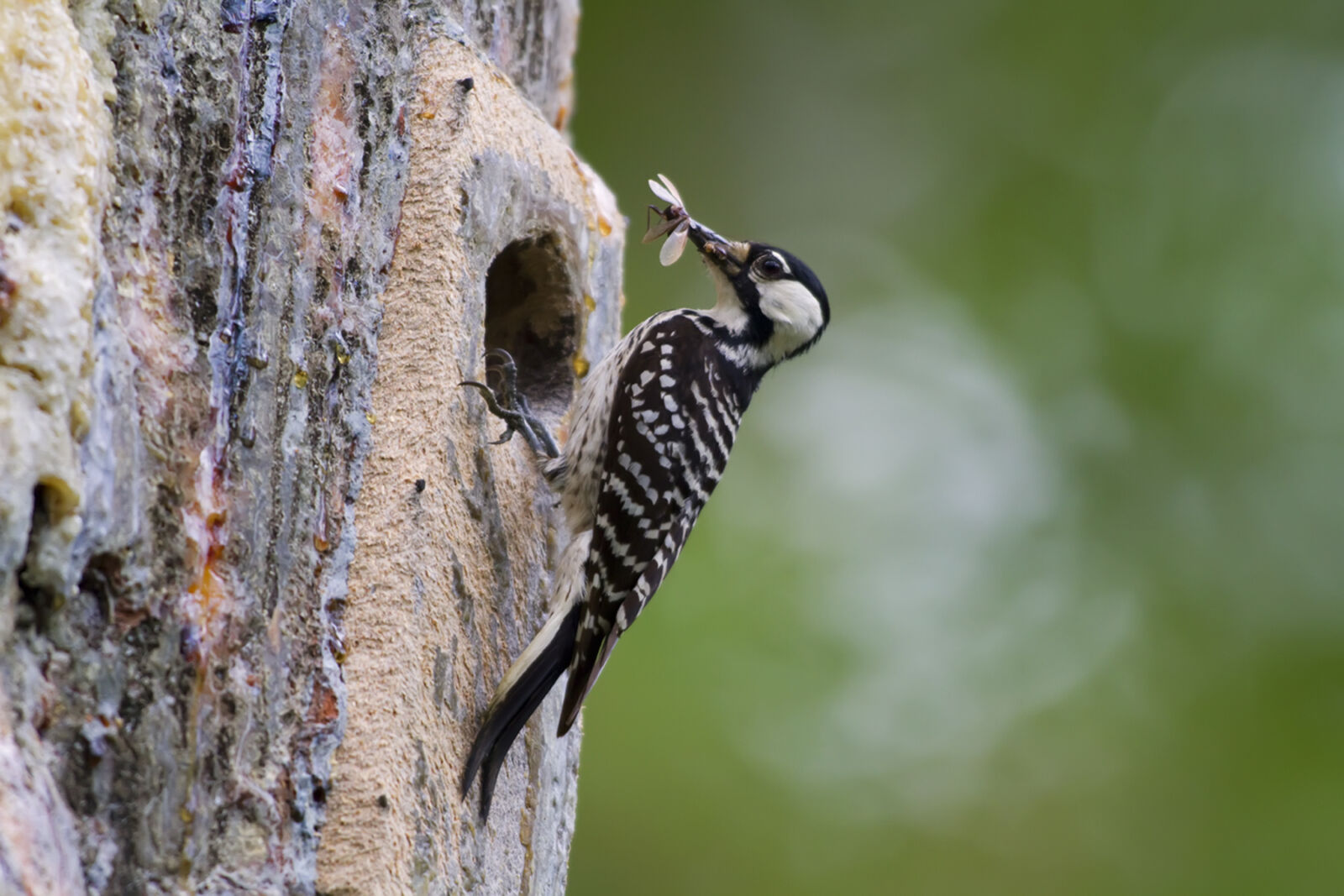At the NFF, we like to say that our reforestation work on National Forests benefits everyone. But what do we really mean? Read on for a few important benefits we all receive from replanting forests.
Fresh Drinking Water
You may not have to look further than your kitchen sink to find a good reason to support tree planting on National Forests. National Forests are the single largest source of municipal water in the US, providing millions of people with water, including those in some of our largest cities.
With an economic value estimated at $7.2 billion annually, how do National Forests do it? Trees capture rain water, slowing its migration to the forest floor. Trees then filter water, using the impurities for growth or storing them in wood. Some of this water reaches streams and other water bodies, from where it can continue on its journey to your tap. Planting trees supports watershed health and water quality, ensuring forests’ ability to continue to supply water to millions.

One hundred mature trees can catch up to 139,000 gallons of rainwater annually! (Photo: Annie Ujifusa.)
Carbon storage and clean air
Tree planting improves the ability of forests to sequester carbon, helping to mitigate the impacts of climate change and improve air quality. Healthy forests store massive amounts of carbon in ecosystem carbon reservoirs. In one year, 100 mature trees can remove 50 Metric tons of carbon dioxide equivalent and 430 pounds of pollution from the atmosphere!

Forests across the US are the nation’s largest carbon sink and offset between 10-20% of our annual fossil fuel emissions. (Photo: Douglas Croft.)
A place to go on your weekend getaway
Seven in ten people in the U.S. live within a two-hour drive of a National Forest. If you’re a city dweller and think you’re not one of these seven, check your map. Almost 60 forests are located near large urban areas that have populations of at least one million people. For example, the Angeles National Forest borders Los Angeles and Atlanta is within a two hour drive of three National Forests.
Tree planting improves the recreational experience for approximately 170 million visitors each year to National Forests. Whether you’re traveling a half hour to your favorite hike or a few hours to explore new terrain, replanted forests can help you relax and unwind.

Fish and Wildlife
National Forests provide a home to a diverse array of fish and wildlife. More than 3,000 species of wildlife inhabit our forests, including nearly one third of federally threatened and endangered species. Tree planting restores their habitat and improves watersheds, shading and cooling water for trout, and providing cover for grizzly bears and nesting spots for red-cockaded woodpeckers.
Even if you don’t live near a National Forest, knowing that these creatures have productive habitat far away may be important to you and you can look forward to spotting them when you visit. Additionally, when wildlife don’t have adequate habitat, they may enter urban environments, where conflicts with humans can occur.

There are so many more ways in which tree planting affects us all. From supporting local economies to public health and well-being, National Forest reforestation program benefits everyone.

